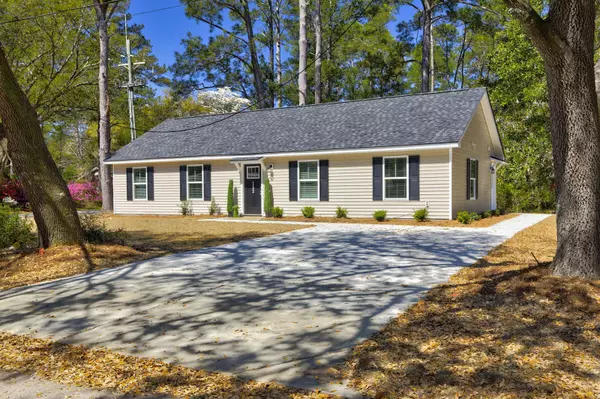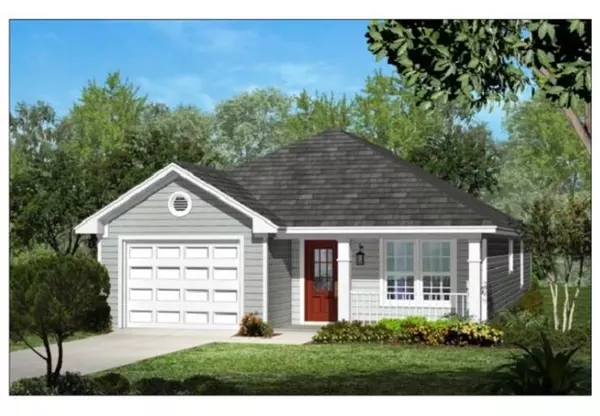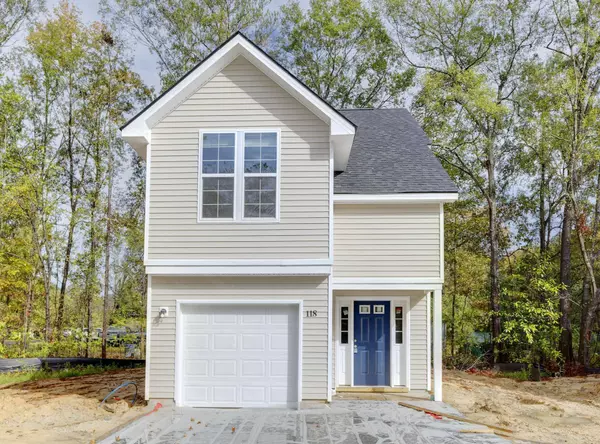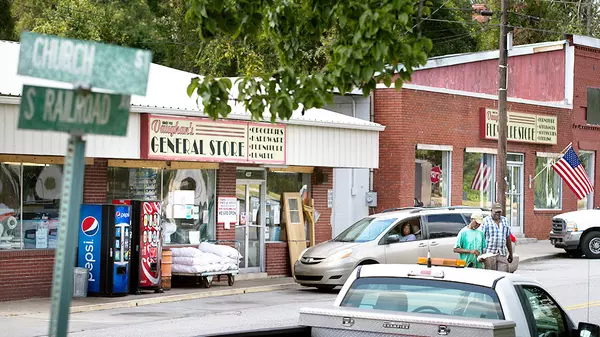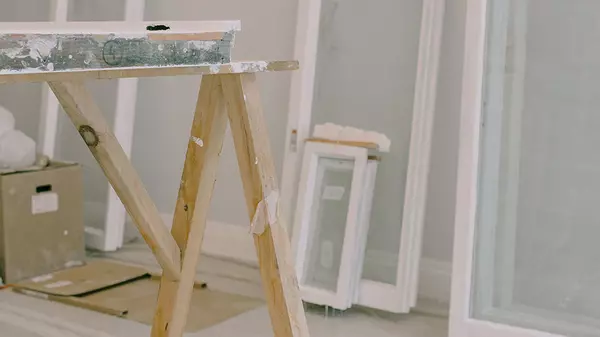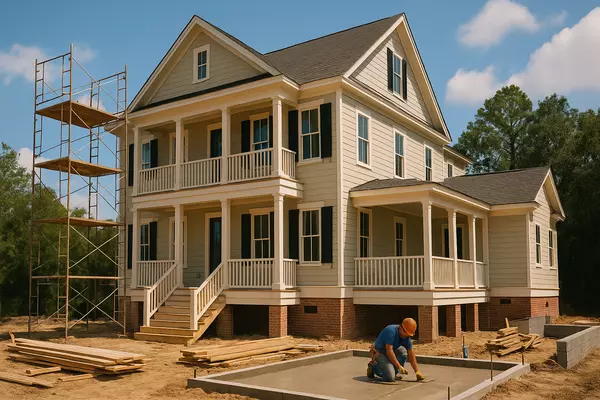What is a 1031 Exchange?
Introduction
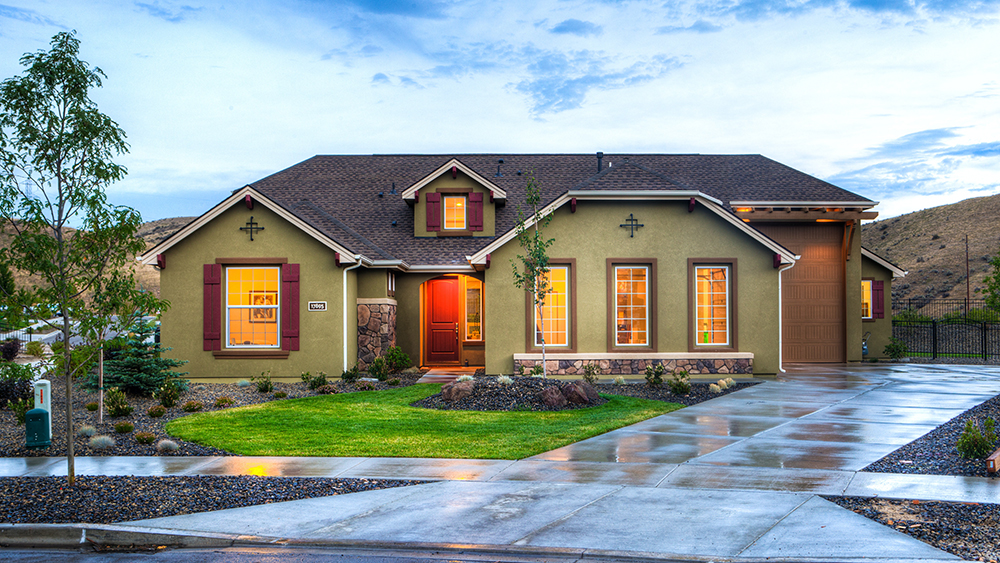
image by binyamin mellish
If you’re an investor in the Charleston, SC area or simply curious about tax-savvy real estate strategies, you may be asking: What is a 1031 exchange in real estate, and how does a 1031 exchange work? In a nutshell, a 1031 exchange (named after Section 1031 of the IRS code) is a powerful tool that lets real estate investors defer capital gains taxes when they sell one property and quickly purchase another “like-kind” property of equal or greater value. Instead of paying taxes on your profit now, you roll those gains into your next investment potentially growing your portfolio faster. Sounds great, right? It can be, but there are strict 1031 exchange rules and timelines to follow, and it’s crucial to understand all the moving parts before diving in.
In this guide, we’ll break down exactly how a 1031 exchange works, the key rules (in plain English), and answer common questions investors, especially those in the Charleston tri-county area have about using this strategy. We’ll also include practical examples and local insights. Let’s get started on unlocking this tax-deferred exchange mechanism to help you build wealth through Charleston real estate.
What Exactly Is a 1031 Exchange? (The Basics)
A 1031 exchange (also known as a “like-kind exchange” or a Starker exchange) is essentially a swap of one investment property for another. Under Section 1031 of the U.S. Internal Revenue Code, if you reinvest the full proceeds from the sale of an investment property into one or more qualifying “like-kind” properties, you can defer paying capital gains tax on that sale. In simpler terms, the IRS treats it as if you’ve just moved your investment from Property A to Property B, rather than cashing out.
Key features of a 1031 exchange:
-
Tax Deferral
When you sell an investment property outright, the profit (capital gain) could be taxed – often at 15-20% federally for long-term gains, plus South Carolina state taxes. In a 1031 exchange, those taxes are deferred (postponed). You can keep trading up or sideways with properties and potentially never pay capital gains until you finally sell for cash years down the line. In fact, many investors keep exchanging properties until eventually, their heirs inherit them – at which point the cost basis steps up to market value, potentially eliminating the deferred gain entirely.
-
“Like-Kind” Property:
This doesn’t mean you must exchange a house for a house or a shopping center for a shopping center. Like-kind simply means any real estate held for investment can be exchanged for any other real estate held for investment. For example, you could swap a rental condo in Mount Pleasant for a small apartment building in Summerville, or sell raw land in Dorchester County to buy a vacation rental on the Charleston coast as long as both properties are in the United States. Real estate is remarkably broad in what counts as like-kind. (One caveat: you can’t exchange U.S. property for foreign property, or vice versa, under 1031 rules.)
-
Investment or Business Use Only:
Personal-use property is not eligible. You can’t 1031 exchange your primary residence or a vacation home you personally use (with rare exceptions we’ll discuss later). The properties have to be for business, rental, or investment purposes – essentially, you’re exchanging one investment asset for another.
- Qualified Intermediary (QI):
In a 1031 exchange, you cannot take possession of the sale proceeds at closing. The funds must be held by a neutral third-party intermediary who then uses them to buy your replacement property. This is often an escrow company or a specialized 1031 exchange facilitator. The QI’s role is crucial: they prevent you from having “constructive receipt” of the cash, which would taint the exchange. Choose your intermediary carefully; they cannot be your agent, attorney, or a family member; using a disqualified person or touching the money yourself will disqualify the exchange.
Now that you know what a 1031 exchange is, let’s talk about how it actually works step by step, including the timeline and rules you must follow.
How Does a 1031 Exchange Work? (Step-by-Step)
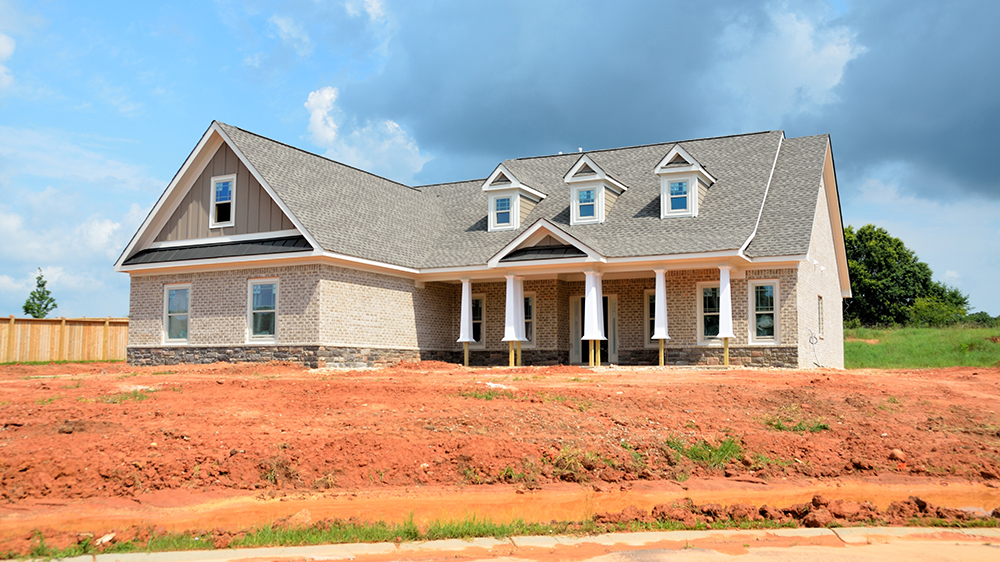
image by pixabay
Executing a 1031 exchange can be complex, but breaking it down into steps makes it more approachable. Here’s an overview of how a typical delayed 1031 exchange (the most common type) works:
1. Decide to Sell and Exchange
Identify the investment property you want to sell (“relinquished property” in IRS lingo). Let’s say you own a rental house in Ladson, South Carolina that has appreciated significantly. You’ve found a promising 12-unit apartment complex in North Charleston you’d like to buy by reinvesting your proceeds, a perfect scenario for a 1031 exchange to avoid a hefty tax bill on the sale.
2. Engage a Qualified Intermediary
Before you sell, line up a Qualified Intermediary. When you close the sale of your Charleston rental, the sale proceeds will go directly to the QI’s escrow account, not to you. (If you receive the cash, even briefly, the exchange is invalidated.) The QI holds the funds while you search for your replacement property. They also provide the necessary paperwork for the exchange.
3. Identify Replacement Property (45-Day Rule)
From the day after you sell your property, the clock starts ticking. You have 45 calendar days to identify potential replacement property (or properties) in writing. You must formally designate your candidates to your intermediary (often via a signed letter or form). You can identify up to three properties of any value (the most common approach) this is known as the 3-property rule. Alternative: You can list more than three as long as the total value doesn’t exceed 200% of what you sold (the 200% rule), or you end up buying 95% of the total value you listed (the 95% rule). In practice, most investors stick with one to three targets to keep it simple.
Pro Tip: In Charleston’s competitive market, have a backup or two identified in case your first choice falls through.
4. Arrange Purchase of Replacement (180-Day Rule)
From the sale date of the old property, you have 180 days (about 6 months) to close on the new property. This includes the initial 45-day identification period they run concurrently, not consecutively. So, if you take the full 45 days to identify, you have 135 days left to close.
Important: 180 days is the absolute maximum if your tax return due date comes sooner, you must complete the exchange by that earlier date. In other words, exchanges straddling New Year’s may have a shortened window if you don’t file for extension. Be mindful of closing timelines; delays in financing or inspections that push you past 180 days will result in losing the tax deferral.
5. Purchase Through the QI
Once you’re ready to buy the replacement (say you got that North Charleston apartment under contract), the QI will use the escrowed sale proceeds from your old property to fund the purchase of the new property, per the exchange agreement. Ideally, you invest all the proceeds and even take on equal or greater debt on the new property if the old one had a mortgage, to fully defer taxes. After closing, you take title to the new investment property, and the exchange is complete.
You've successfully deferred the capital gains tax on your Ladson rental sale by rolling into the apartment complex.
6. Report to the IRS
Even though no tax is paid currently, the IRS wants to know you executed a 1031 exchange. You’ll file IRS Form 8824 with your tax return for the year, detailing the transaction including property descriptions, timelines, values, and the intermediary’s info. Your accountant or CPA can assist with this form to ensure everything is documented properly.
Throughout this process, it’s highly advisable to work with professionals experienced in 1031 exchanges, exchange facilitators, real estate agents (like the Family Real Estate Group), and tax advisors to avoid pitfalls. Next, we’ll dive into some crucial rules and requirements that govern 1031 exchanges, because missing a rule could mean a big tax bill.
1031 Exchange Rules and Requirements
To keep your exchange tax-deferred, you must follow several strict rules set by the IRS. We’ve touched on the 45-day and 180-day deadlines, but there are a few other 1031 exchange rules to be aware of:
1. Property must be “Like-Kind” and for Investment
As noted, both the old and new properties should be held for investment or used in a business. They don’t have to be the same type (you can exchange a single-family rental for a commercial property, etc.), but they must both be real estate investments. Primary residences, second homes, or vacation homes generally do not qualify unless you’ve converted them to rental or business use for a sufficient period (often at least 2 years of rental history to be safe). Also, you cannot exchange into personal property (like equipment, art, or franchise licenses) – post-2018 law confines 1031 to real property only.
2. Reinvestment and Value Requirements
To defer 100% of your capital gain, you need to do two things: (1) reinvest all of the cash proceeds from your sale into the new property (or properties), and (2) acquire property of equal or greater total value than the one you sold. If you pocket any cash or buy down into a lower-priced asset, that portion is taxable.
For example, if you sell a property for $500,000 and only invest $400,000 into the replacement, the $100,000 difference is “boot” (taxable profit). Similarly, if you had a $300,000 mortgage on the old property but the new one has only a $250,000 mortgage, the $50,000 debt reduction is treated as boot it’s like you received $50K in cash at closing (even if you literally didn't). To avoid this, many investors ensure the new property’s purchase price and loan amount are equal or higher than the old’s. You can also offset a mortgage shortfall by adding extra cash into the deal to level up values.
3. No “Constructive Receipt” of Funds
You (the taxpayer) must not receive or control the funds from the sale during the exchange process. This is why the Qualified Intermediary is non-negotiable. Even a momentary receipt of the proceeds in your bank account will likely spoil the exchange. Additionally, the intermediary (or any party helping with the exchange) must be unrelated and not someone who has served as your agent in recent years. Essentially, your attorney, real estate agent, or brother-in-law can’t be your QI.
4. Identification Rules
We covered that you can identify up to three potential replacement properties within 45 days without regard to value. If you identify more than three, you trigger the 200% rule (total value limit) or must meet the 95% acquisition rule. This is to prevent abuse (like identifying a dozen properties and only buying one small one). Stick to a realistic list of targets that you genuinely can purchase. Identification must be done in writing, signed and delivered to your intermediary or the seller. A commonly accepted practice is listing property addresses or legal descriptions on an identification form or letter.
5. Replacement Property Title
The same taxpayer who sold the relinquished property must purchase the replacement property. For instance, if your LLC sold the old property, the LLC should be the buyer of the new one (not you personally), otherwise the IRS views it as not the same owner continuing the investment. There are some complex scenarios involving partnerships (like drop-and-swap techniques where partnership interests are turned into direct ownership before an exchange), but those are beyond the scope of this overview and require professional guidance.
By following these rules, you ensure your exchange remains valid. Next, let’s look at the tax implications in more detail – what happens if you do end up with Boot, how multiple exchanges work, and other tax-related concerns.
Tax Implications of a 1031 Exchange
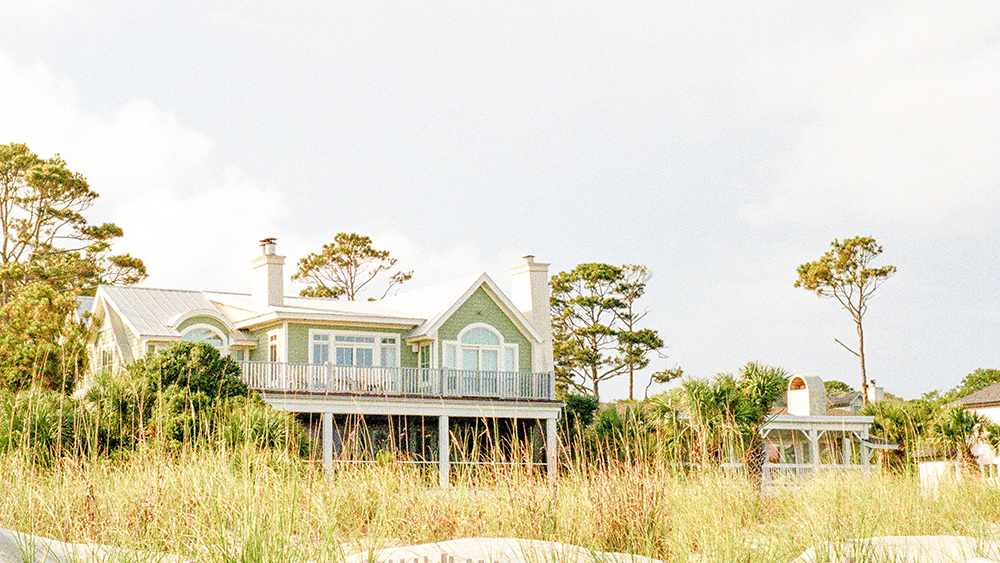
image by Jake Johnson
One huge benefit of a 1031 exchange is not having to write a check to the IRS (or South Carolina) in the year you sell your property. But “tax-deferred” doesn’t mean “tax-free forever” it’s important to understand the tax implications down the road and in specific scenarios:
1. Boot = Taxable Gain Now
Any money or non-like-kind property you receive as part of the exchange is immediately taxable. This includes leftover cash after buying the replacement, prorated rents or utility escrow refunds you kept at closing, or a reduction in mortgage liability. “Boot” is taxed as capital gains (and potentially depreciation recapture) in the year of the exchange.
For example, if after purchasing your replacement property you had $10,000 of sale proceeds left unused, that $10K is income to you. Plan your exchange so you reinvest everything if your goal is zero tax. Sometimes taking a small boot is fine you might accept a bit of cash if you don’t need full deferral, and just pay tax on that portion.
2. Deferred Gain Eventually Comes Due (Unless...)
A misconception is that 1031 exchanges let you “escape” taxes. In reality, it’s a deferral. If in a few years you sell your new property for cash (and don’t do another exchange), the original gain plus any additional gain will all be taxable at that point. However, many investors employ a “swap ’til you drop” strategy: continue exchanging properties over and over, deferring taxes indefinitely, and if the property is held until death, the heirs get a step-up in cost basis which can wipe out the accumulated capital gain for tax purposes.
This is a long-term estate planning consideration. The key takeaway: a 1031 exchange postpones the tax potentially indefinitely but unless you take that final step of generational transfer, you’ll face the accumulated bill upon selling without another exchange.
3. Depreciation Recapture is Deferred
When you sell an investment property, not only is any appreciation taxed, but the IRS also “recaptures” depreciation deductions you took. Depreciation recapture is taxed at a higher 25% federal rate. In a 1031 exchange, depreciation recapture is also deferred a big perk if you’ve owned the property for many years and depreciated a lot of its value.
Be aware, though, that the deferred recapture doesn’t disappear; it carries over into the replacement property. If you later sell in a taxable sale, you’ll owe recapture from both the original and new asset (unless you exchange again). Successfully exchanging can save a huge chunk that would’ve gone to taxes, allowing you to reinvest that money instead.
4. Multiple Exchanges and Record-Keeping
It’s not uncommon for savvy investors to perform serial 1031 exchanges (sell Property A for B, later sell B for C, and so on). There is no limit to how many 1031 exchanges you can do over your lifetime. If you go this route, keep good records of each transaction, as the tax basis information carries forward through each swap. Your CPA will need to track the original deferred gain amount. On the bright side, you’re effectively getting an interest-free loan from the government by using money that would have been paid in taxes to invest in bigger or more properties.
5. State Taxes
Most states, including South Carolina, follow the federal treatment of 1031 exchanges meaning you defer state capital gains tax as well. South Carolina’s current long-term capital gain tax rate is around 6.1%-6.5%, but it offers a nice break (currently a 44% exclusion on long-term gains for state tax calculations). When you do a 1031 exchange, you defer the state tax just like the federal. If you ever cash out, you’d owe the SC taxes at that time. Always consult a local tax expert, as state compliance (and things like property taxes on the new purchase) should be factored into your decision.
In short, 1031 exchanges can significantly reduce your immediate tax burden, letting you leverage more of your equity for reinvestment. Just remember “deferred” doesn’t mean “gone” plan your exit strategy (another exchange, hold long-term, or legacy planning) accordingly.
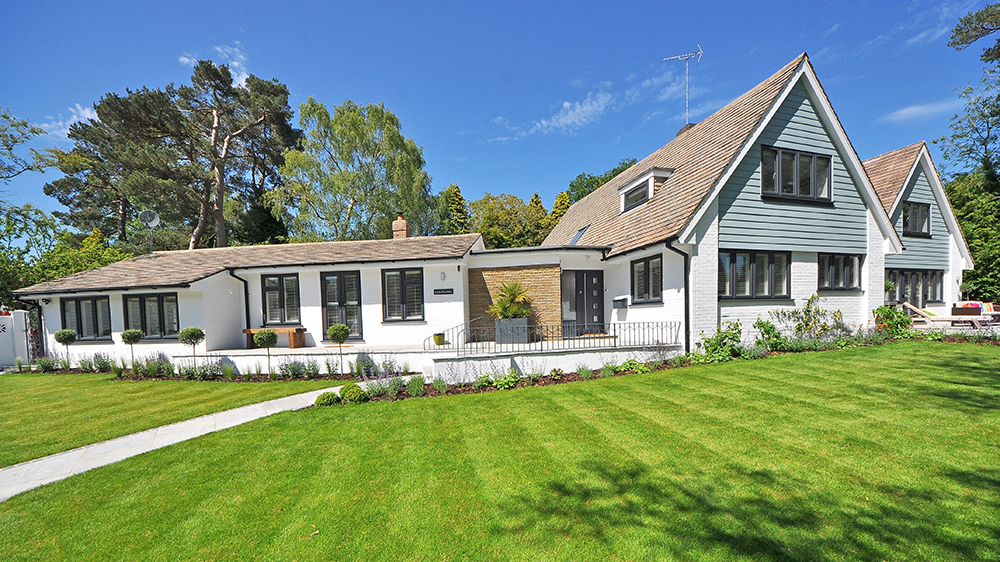
image by pixabay
Common Questions About 1031 Exchanges (Especially for Charleston Investors)
1. Can I 1031 Exchange My Vacation Home or Second Home?
Maybe, but with conditions. The IRS generally excludes personal residences and second homes from 1031 treatment. However, if you convert a second home or vacation home into a rental/investment property, it can become eligible. For example, suppose you have a coastal beach house investment on Isle of Palms that you’ve mainly used yourself, but now you want to sell it and defer taxes. You’d need to rent it out to tenants for a substantial period first (at least 6 months to a year, though two years is safer to show investment intent) and limit your personal use (there’s a safe harbor: your personal use should be <10% of the rental days, or no more than 14 days a year).
After meeting these criteria, the beach house is considered investment property, and you could do a 1031 exchange, say, into another rental, perhaps a downtown Charleston short-term rental (keeping an eye on local STR regulations, of course). Always get tax advice for these cases; the line between personal and investment use must be clearly in favor of investment.
2. What About My Primary Residence?
Your primary home does not qualify for a 1031 exchange (it’s personal use). The good news is, you have a different tax break: the Section 121 exclusion lets you avoid capital gains tax on the sale of your main home (up to $250k gain for single, $500k for married) if you’ve lived there 2 out of the last 5 years. Some people ask if they can convert a primary residence to a rental and then do a 1031. It is possible after you’ve rented it out long enough to establish it as an investment property (again, typically at least two tax years as a rental).
A word of caution: you cannot 1031 exchange out of a property and immediately move into the new one as your residence that would violate the “held for investment” requirement. If your plan is to eventually move into a replacement property (say, buy a house you’ll retire in), plan to rent it out for a couple of years first post-exchange. Converting an exchange property into a primary is allowed after a prudent rental period (consult your CPA for current IRS guidelines on this scenario).
3. Can I Exchange One Property for Multiple Properties (or Vice Versa)?
Yes. You could sell one large property and split it into two or three smaller investment properties, or you could sell several properties and roll all the proceeds into one bigger replacement. The 1031 rules accommodate these situations. The identification rules (3-property/200%/95% rules mentioned earlier) are designed for exactly that flexibility.
For example, as an investor in Charleston, you might sell a single commercial building downtown and exchange it into three rental homes in fast-growing suburbs like Summerville or Goose Creek. This can be a way to diversify locations and tenant types. Conversely, you might own a couple of condo rentals and decide to consolidate into one larger multi-family property. As long as you follow the rules and timelines, both one-to-many and many-to-one exchanges are perfectly acceptable.
4. What if I can’t find a suitable replacement property in time?
This is a real concern, especially in a hot market like Charleston where inventory is low. If you fail to identify within 45 days or fail to close within 180 days, the exchange essentially fails. The money held by the intermediary will be returned to you after day 45 or day 180, and the sale of your original property becomes fully taxable at that point (you don’t get partial deferral for trying it’s all or nothing if the rules aren’t met). To avoid this, do as much homework ahead of time as possible: work with a local agent who knows off-market deals, consider backup properties, and don’t overly delay once you have sale proceeds parked in escrow.
Some investors identify and even close on a replacement very quickly to eliminate uncertainty. In a pinch, if the deadline is looming, you might end up purchasing one of your identified backups just to complete the exchange even if it’s not ideal and then later reposition that investment. It’s not optimal, but it beats a surprise tax bill if your first choice property falls through.
5. Are 1031 Exchanges Worth It for Smaller Investors?
They certainly can be. 1031 exchanges do come with costs – intermediary fees, closing costs on new purchases, possible higher acquisition prices due to time pressure, etc. It’s often said they make the most sense when you have a significant appreciated gain you want to defer, or you’re trading up to a larger property. In Charleston, where property values have been rising, even moderate investors can face hefty capital gains on a sale. By deferring taxes, you keep more money working for you.
For example, selling a duplex that you bought years ago for $200k that’s now worth $500k could trigger tens of thousands in taxes. Using a 1031 exchange, you could instead put that money toward, say, a fourplex in Charleston or James Island without losing a chunk to the IRS now. Over time, that leverage and compounding can accelerate your portfolio growth. Just be sure you’re prepared to manage the replacement investment and that it aligns with your goals (higher rent potential, less management hassle, better location, etc.).
6. Do I need to stay within South Carolina for the new property?
No – 1031 exchanges are federal. You can sell investment property in South Carolina and buy in any other state, and vice versa, and still qualify (again, as long as it’s U.S. property). That said, many Charleston-area investors use 1031s to keep investing locally, because they know the market here. Some exchange into other states for diversification or if they’re moving their investment focus. Just remember, South Carolina will want its deferred state tax if you ever cash out, even if you moved the investment out-of-state. Additionally, if you do swap states, you should get tax advice on any differences (most states honor 1031, but a few have their quirks or claw-back provisions).
Example: 1031 Exchange in Action (Charleston Scenario)
Let’s bring all this to life with a practical example. Imagine you own a small apartment building in downtown Charleston that you bought for $800,000 years ago, now worth $1.5 million. You’ve built up equity and would like to trade into a larger property to increase your rental income. There’s a 20-unit apartment complex in Summerville listed at $2 million that looks promising (more units, newer construction, popular area for renters). How can you make the move without losing a big chunk of your gains to taxes?
- You list and sell your Charleston building for $1.5M. If you sold without an exchange, you might owe capital gains tax on roughly $700k of gain (sale price minus your original basis, minus depreciation let’s say depreciation adjusted basis is $800k). Federal tax could be around $140k (20%), plus SC tax ~$27k (assuming effective ~3.9% after exclusions), and depreciation recapture tax on whatever you depreciated – easily another $50k+. You could be looking at ~$200k in total taxes. Ouch. That money could instead go toward your new investment.
- With a 1031 exchange, you engage a Qualified Intermediary who holds the $1.5M after the sale. You identify the Summerville complex (and perhaps a couple backup properties like another complex in Goose Creek and a commercial strip center, just in case). Within 45 days, you confirm the Summerville deal is moving forward.
- You need to purchase at $2M or more to defer all gain, but you only have $1.5M cash. Let’s say you arrange financing for the difference (a $500k new loan on the replacement property). Your old property had, for example, a $300k mortgage that you paid off at sale to avoid boot, you should take on equal or greater debt on the new one. A $500k loan covers that nicely (you’re upsizing overall value and debt, which is good for full deferral).
- You close on the Summerville 20-unit for $2 million within 180 days. The intermediary directs $1.5M into the purchase, your bank provides $500k, and boom you now own the bigger property. Result: you’ve deferred the ~$200k in taxes entirely. You have a higher basis in the new property (your old basis plus any new money roughly $800k old basis + $500k new cash = $1.3M basis, plus carryover of depreciation schedule nuances). You’ve also reset your depreciation clock on the new property (a fresh 27.5-year schedule on the building portion of the $2M, which can reduce your taxable rental income significantly in coming years).
- Your rental income potential jumps with 20 units, and you have more property to depreciate. Down the road, if the Summerville complex appreciates and you want to swap again, you can do another 1031 exchange and keep the momentum going, all while deferring taxes continuously.
This example illustrates how investors use 1031 exchanges to leverage into bigger or better properties without losing momentum to taxes. Of course, each deal has risks and you must do the financial homework. Higher price means higher property taxes, maybe higher management costs, etc., so ensure the trade truly enhances your portfolio. But the tax deferral is a powerful accelerant for growth.

image by adolfo félix
Conclusion and Local Expertise – Leverage 1031 Exchanges in Charleston’s Market
In summary, a 1031 exchange is a strategic wealth-building tool for real estate investors. It allows you to defer capital gains taxes when you sell one investment property and purchase another, as long as you stick to the IRS’s rules on timelines, like-kind property, and reinvest all proceeds. We’ve covered what a 1031 exchange is, how it works, the rules, and answered common questions from using 1031 exchanges for vacation homes to handling multiple properties. By now, you should have a clear understanding of how a 1031 exchange works in real estate, and specifically how it might benefit you in the Charleston, SC area, where property values and opportunities are on the rise.
Charleston’s tri-county region (Charleston, Berkeley, and Dorchester counties) is a dynamic market for investors: historic downtown properties, suburban developments, vacation rentals along the coast, and commercial growth in areas like North Charleston. Whether you’re looking to upgrade to a larger property, relocate your investment within the Lowcountry, or diversify your holdings, a 1031 exchange can be the bridge to your next deal without letting taxes erode your equity.
However, success with a 1031 exchange lies in the details and that’s where having the right partner helps. The Family Real Estate Group prides itself on being personable, highly knowledgeable, and deeply local. We’re not just real estate agents; we’re your neighbors who understand Charleston’s market nuances and the needs of investors. With over 35+ years in the business (right here in Charleston), our team has the expertise to guide you through the 1031 exchange process from identifying ideal replacement properties in the tri-county area to coordinating with reputable qualified intermediaries and tax professionals. We’ve helped investors find like-kind opportunities that align with their goals, whether it’s moving from a single rental home into a multi-unit property or swapping into a more passive investment.
Ready to explore a 1031 exchange in Charleston? Let’s talk about your options. We’ll evaluate your situation, answer any lingering questions, and formulate a plan that maximizes your investment potential while staying compliant with all the rules. Contact The Family Real Estate Group today – your tri-county real estate experts and let us help you leverage the power of 1031 exchanges to achieve your investment dreams in Charleston’s vibrant real estate market.
(The above article is for informational purposes only. Always consult with a qualified tax advisor or attorney for advice on your specific 1031 exchange circumstances.)
Sources:
- Investopedia – “What Is a 1031 Exchange? Know the Rules”investopedia.cominvestopedia.com
- Rocket Mortgage – “What is a 1031 Exchange?”rocketmortgage.comrocketmortgage.com
- NerdWallet – “1031 Exchange: Definition and Rules”nerdwallet.comnerdwallet.com
- Wikipedia – “Internal Revenue Code Section 1031”en.wikipedia.orgen.wikipedia.org
- CWS Capital – “What Is a 1031 Exchange? The Basics for Real Estate Investors”cwscapital.comcwscapital.com
843-609-5202 | www.TheFamilyRealEstateGroup.com
Categories
Recent Posts
